Whole peppercorns are the unground form of pepper, offering superior flavor, aroma, and versatility compared to pre-ground options. This guide covers everything you need to know: the 5 main types of peppercorns, how to choose the best quality, proper storage techniques, creative culinary uses, and answers to common questions. Whether you're a home cook or a culinary enthusiast, mastering whole peppercorns will elevate your dishes with authentic, fresh flavor.
Table of Contents
- A Spicy History: The Legacy of Peppercorns
- From Black to Pink: Understanding Peppercorn Varieties
- Buying Guide: How to Choose the Best Whole Peppercorns
- Kitchen Magic: Creative Uses of Whole Peppercorns
- Keep It Fresh: Proper Storage Techniques
- Frequently Asked Questions
- Final Thoughts: Why Whole Peppercorns Are Worth the Grind
A Spicy History: The Legacy of Peppercorns
Long before pepper became a table staple, it was more valuable than gold. Known as "black gold," peppercorns were used as currency, diplomatic gifts, and even in ancient Egyptian embalming practices. Originating in the lush rainforests of India's Malabar Coast, black pepper (Piper nigrum) traveled along the Silk Road and made its way into the hearts — and kitchens — of civilizations across Europe, the Middle East, and Asia.
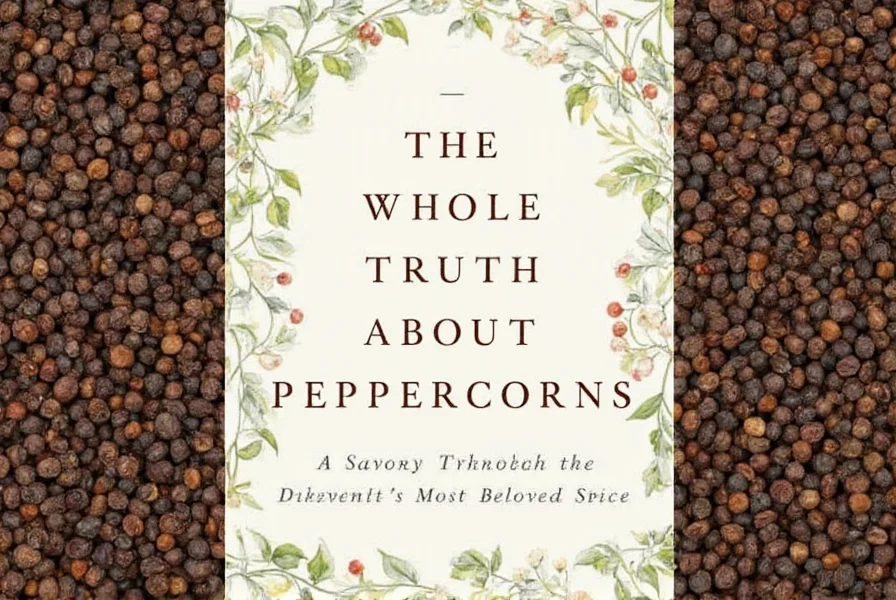
Fast forward to today, and while we no longer use peppercorns to pay taxes, they remain one of the most widely used spices in the world. Their enduring popularity is due in large part to their versatility, pungency, and the ability to enhance nearly any dish.
From Black to Pink: Understanding Peppercorn Varieties
When you hear "peppercorns," you might immediately think of the standard black ones. But did you know there are several types, each with its own flavor profile, texture, and ideal use?
| Type | Harvest Time | Flavor Profile | Best For |
|---|---|---|---|
| Black Peppercorns | Unripe berries, sun-dried | Pungent, earthy, sharp | All-purpose seasoning |
| White Peppercorns | Ripe berries, soaked to remove skin | Mellow, creamy, slightly fermented | Sauces, mashed potatoes, cream-based dishes |
| Green Peppercorns | Underripe berries, freeze-dried or pickled | Grassy, fresh, slightly citrusy | Dishes needing a mild kick (e.g., Thai green curry) |
| Red Peppercorns | Ripe berries, dried | Fruity, floral, sweet-spicy | Garnishing desserts or fruit platters |
| Pink Peppercorns | Not true pepper — from Schinus terebinthifolius | Berry-like, floral, mildly spicy | Cocktails, seafood, fruit salads |
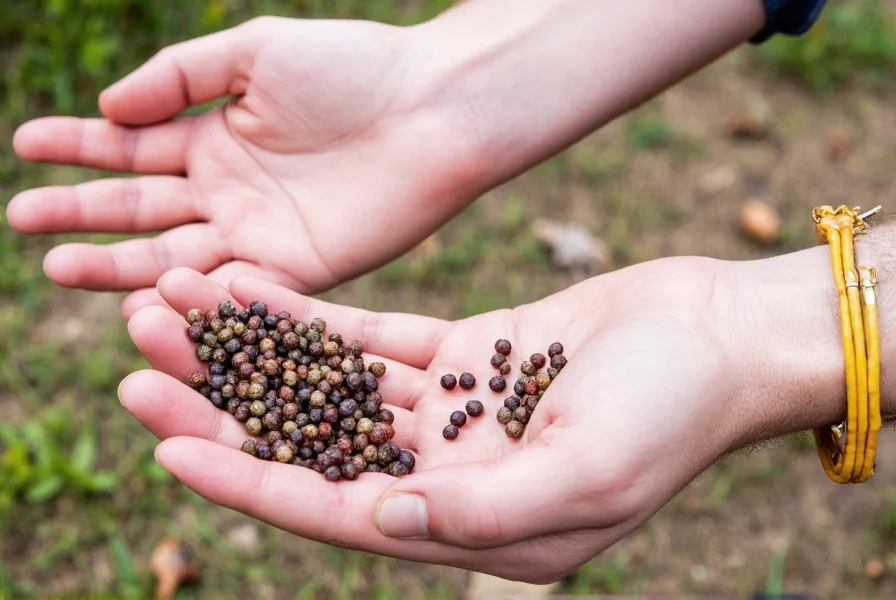
Choosing the right peppercorn depends on your dish and personal taste preferences. Want a bold steak rub? Go black. Making a delicate sauce? White might be your ally. Feeling fancy at dinner? A few crushed reds can make a plate pop visually and flavor-wise.
Buying Guide: How to Choose the Best Whole Peppercorns
With so many options on the market, how do you pick the best quality whole peppercorns? Here's a handy buying guide to help you navigate the spice aisle (or online marketplace).
- Look for freshness: Whole peppercorns should be firm, round, and aromatic. Avoid shriveled or dull-colored ones — they're likely past their prime.
- Check the source: Indian Malabar and Tellicherry peppercorns are considered among the best in the world. Vietnamese and Brazilian peppers are also high-quality options.
- Avoid pre-ground pepper: Once ground, pepper loses its volatile oils quickly. Whole peppercorns keep their punch longer and offer better control over grind size.
- Read labels carefully: Some brands blend lower-grade peppercorns with premium ones without disclosing it. Look for single-origin or named origin if authenticity matters to you.
- Consider organic certification: If you're concerned about pesticides and sustainable farming practices, opt for certified organic peppercorns.
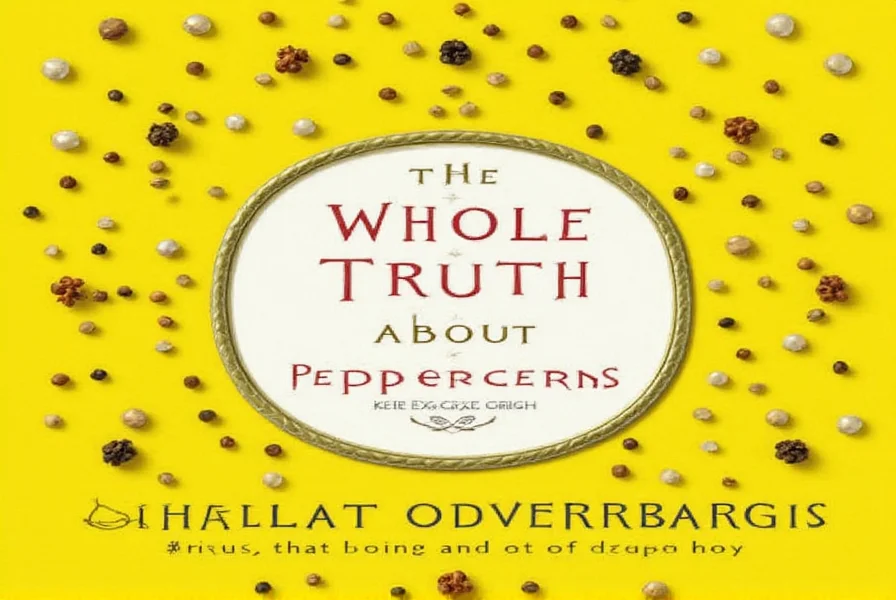
Top Picks for Whole Peppercorn Enthusiasts
Here are some standout products to consider based on flavor, quality, and value:
- Kashmir Naturals Tellicherry Peppercorns: Large, dark, and intensely fragrant. Ideal for steak lovers and grill masters.
- SpiceHunter Organic Black Pepper: USDA-certified organic, sustainably sourced. Great for conscious consumers.
- Berkeley Bowl Mixed Peppercorn Blend: A vibrant mix of black, green, pink, and red peppercorns. Perfect for gourmet grinders and adventurous cooks.
- La Maison du Whisky Red Peppercorns: Fruity and complex, great for pairing with cheeses and cocktails.
Kitchen Magic: Creative Uses of Whole Peppercorns
Don't relegate your peppercorns to just grinding on top of scrambled eggs. Here are five creative ways to incorporate whole peppercorns into your cooking:
- Muddle into Cocktails: Crushed black or pink peppercorns add a spicy twist to gin or vodka-based drinks. Try muddling a few into your next Moscow Mule!
- Infuse Oils and Vinegars: Add whole peppercorns to olive oil or balsamic vinegar for a subtle heat. Let sit for 2–4 weeks for best results.
- Make a Pepper Steak Crust: Crush black peppercorns coarsely and press into steaks before searing. Adds texture and depth.
- Create a Compound Butter: Mix crushed peppercorns with softened butter, herbs, and garlic. Spread on grilled corn or steak for an instant upgrade.
- Use in Pickling Brines: Whole peppercorns bring warmth to pickled vegetables like cucumbers, carrots, and radishes.
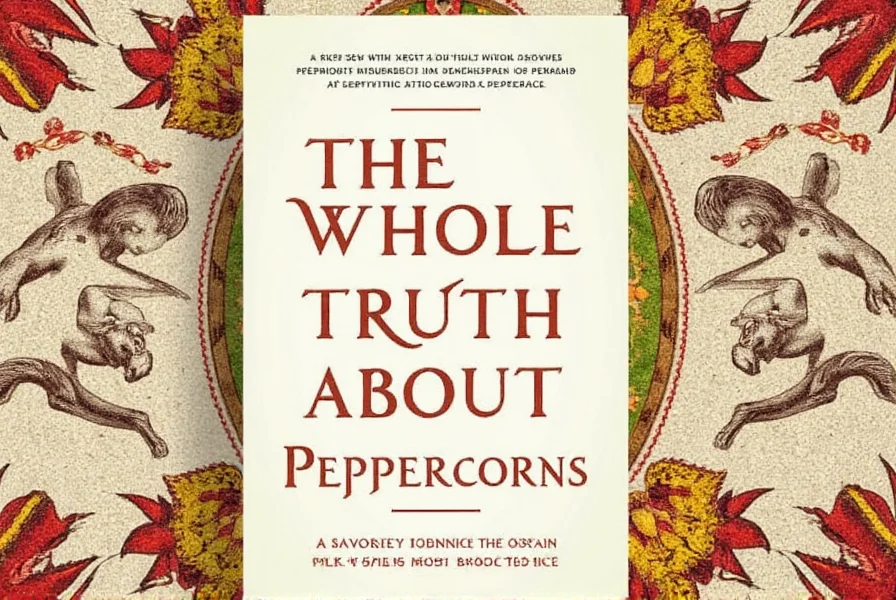
Keep It Fresh: Proper Storage Techniques
Storing whole peppercorns correctly is key to preserving their flavor and aroma. Here's how to do it right:
- Store in a cool, dry place: Keep them away from heat sources like stoves or ovens. A pantry or kitchen cabinet works perfectly.
- Use airtight containers: Glass jars or metal tins with tight-fitting lids will protect your peppercorns from moisture and air exposure.
- Shake occasionally: This helps redistribute the natural oils and keeps the peppercorns evenly seasoned.
- Label and date: Especially important if you're storing multiple types. Helps avoid confusion later on.
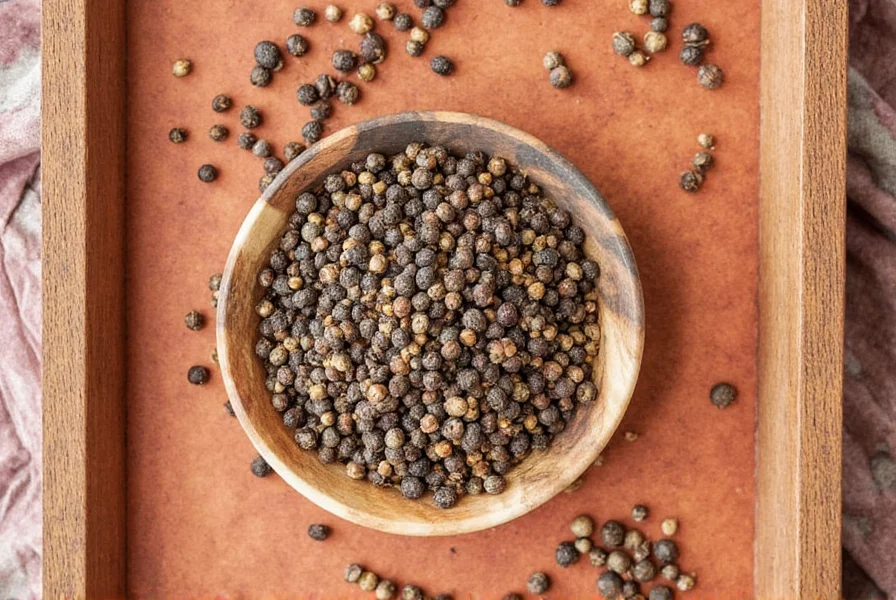
Frequently Asked Questions
Can I eat whole peppercorns?
While technically edible, whole peppercorns are quite hard and may be difficult to chew. They're best crushed, cracked, or ground before consumption. For culinary mastery, try lightly crushing them in a mortar and pestle to release essential oils without fully grinding them.
What's the difference between black and white pepper?
Black peppercorns are unripe berries dried in the sun, while white peppercorns come from ripe berries whose outer skin has been removed. Black has a sharper, more intense flavor, whereas white is smoother and more earthy. Culinary secret: Use white pepper when you want heat without visible specks, like in light-colored sauces or mashed potatoes, while black pepper adds visual texture to most dishes.
Are pink peppercorns safe?
Yes! Although not true pepper, pink peppercorns (from the Peruvian pepper tree) are generally safe to consume. However, people with nut allergies should be cautious, as they're related to cashews. Culinary tip: Pink peppercorns add a beautiful pop of color and subtle floral notes to desserts and fruit dishes - a secret weapon of professional chefs.
How long do whole peppercorns last?
Properly stored, whole peppercorns can last up to 3-4 years without losing much flavor. Ground pepper, on the other hand, only lasts about 1 year. Professional secret: The #1 culinary mistake with peppercorns is using pre-ground pepper. Whole peppercorns maintain their volatile oils and complex flavor profile until the moment you grind them.
What's the most overlooked culinary use for whole peppercorns?
Many home cooks don't realize that whole peppercorns shine when used in infusions. Try adding them to olive oil, vinegars, or even simple syrup for cocktails. The slow extraction process creates nuanced flavors that pre-ground pepper can't match. This is a professional chef's secret for elevating everyday dishes.
How should I grind peppercorns for different dishes?
The grind size matters more than most people realize. For salads and light dishes, use a fine grind. For steaks and hearty meats, go for a coarse crack that provides texture and bursts of flavor. For sauces where you want even distribution without texture, medium grind is ideal. This simple technique is the #2 secret to culinary mastery with peppercorns.
Is there a secret to storing peppercorns for maximum flavor?
Yes! The #3 secret for culinary mastery is proper storage. Keep whole peppercorns in an airtight container away from light and heat. Contrary to popular belief, refrigeration isn't recommended as moisture can degrade quality. For true enthusiasts, buy smaller quantities more frequently to ensure peak freshness - this is what separates amateur from professional results.
Final Thoughts: Why Whole Peppercorns Are Worth the Grind
In a world full of pre-ground seasonings and mass-produced spice blends, whole peppercorns offer something special — authenticity, longevity, and depth. Whether you're grinding them for your morning omelet or infusing them into a cocktail, whole peppercorns are a simple yet powerful tool in any cook's arsenal.
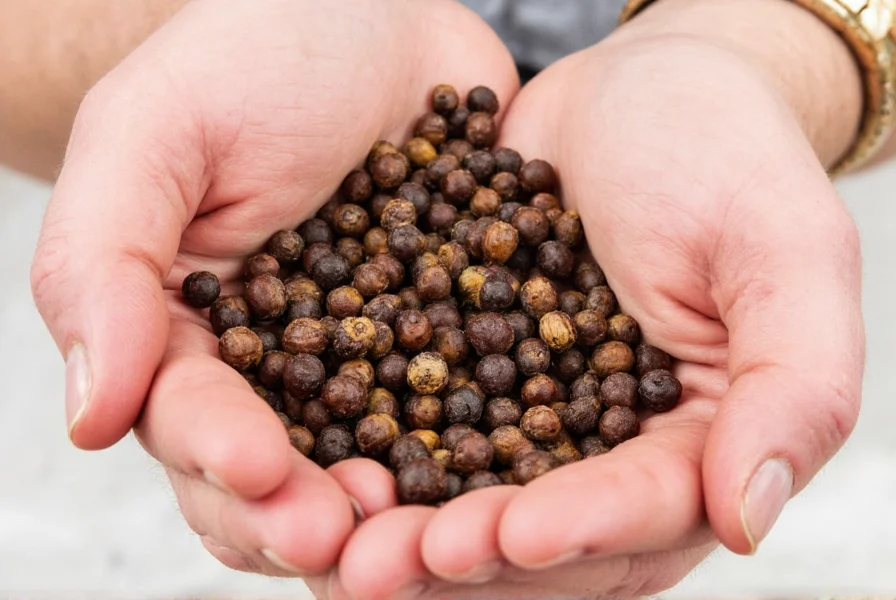
So next time you reach for that pepper shaker, take a moment to appreciate the little spice that started a trade empire, fueled empires, and now flavors our everyday meals. With the right knowledge and a bit of curiosity, you too can become a peppercorn connoisseur — one grind at a time.
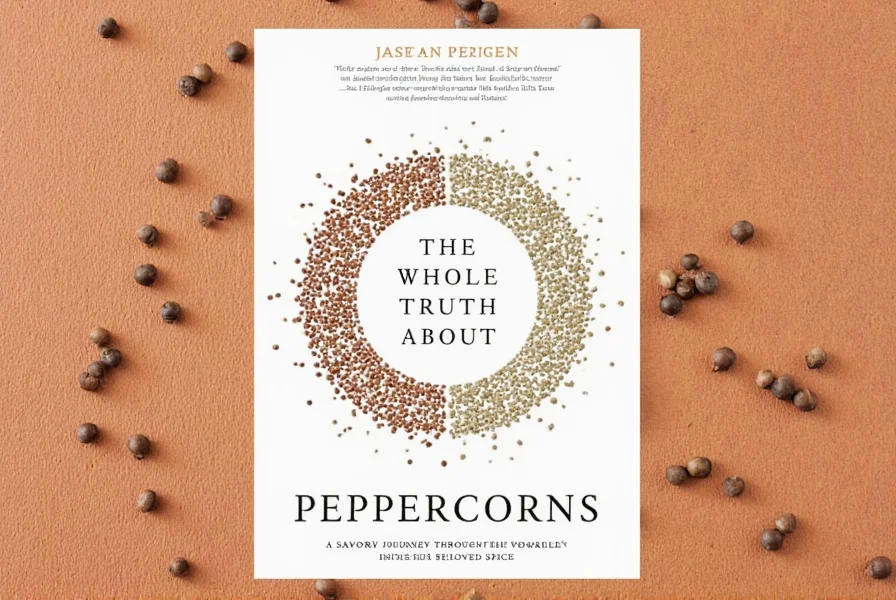

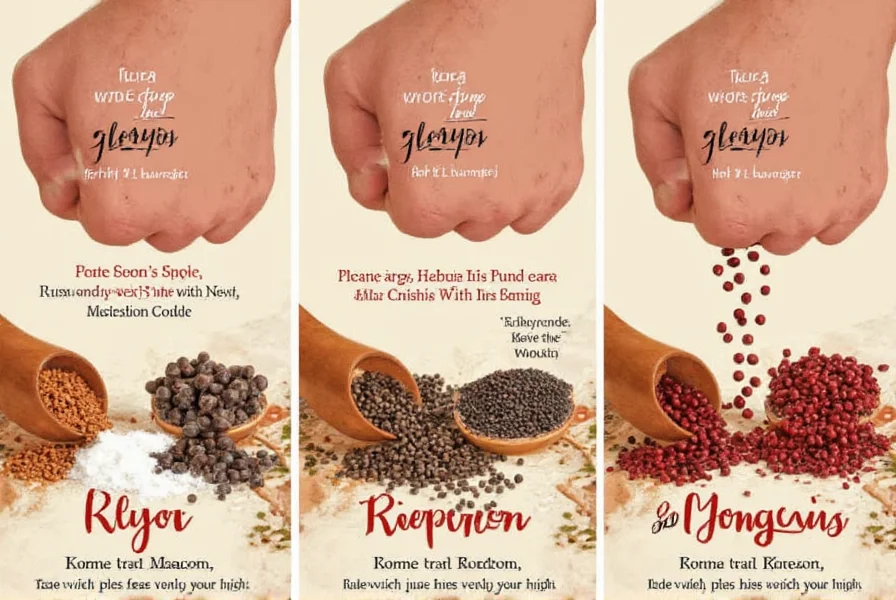









 浙公网安备
33010002000092号
浙公网安备
33010002000092号 浙B2-20120091-4
浙B2-20120091-4